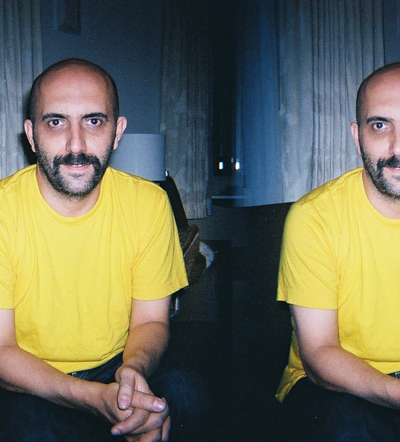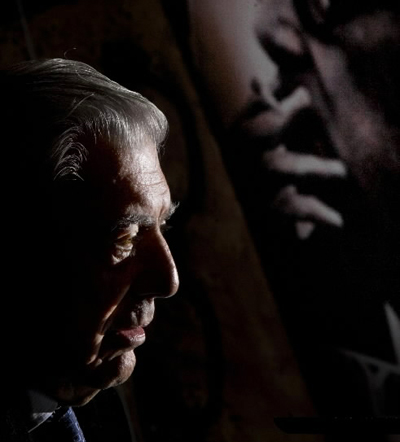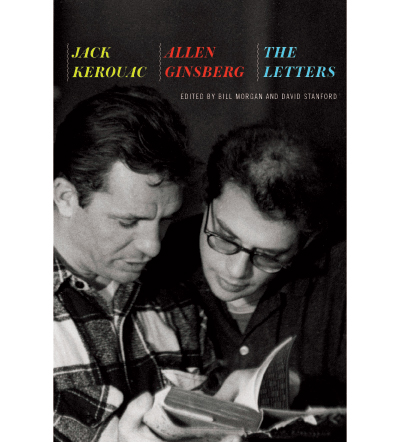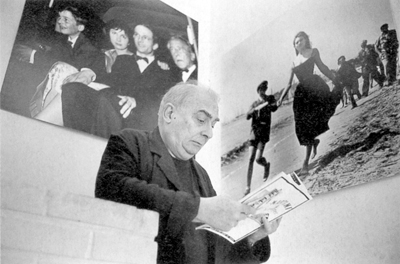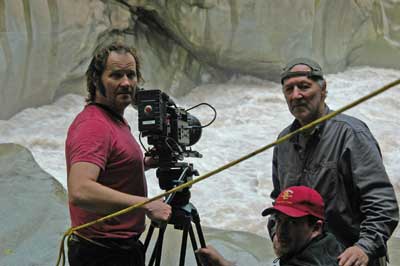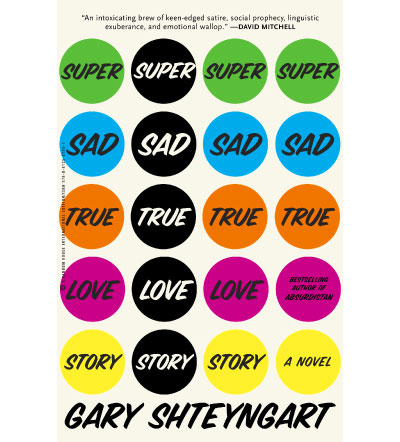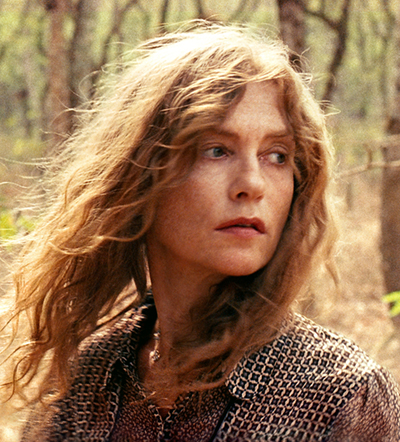
Isabelle Huppert as “Maria Vial” in WHITE MATERIAL directed by Claire Denis Photo Credit: © An IFC Films Release (Click to enlarge)
Once called “French cinema’s most beloved psychopath,” Isabelle Huppert is renowned for her provocative, intense, and unsparing performances in films such as The Piano Teacher and Violette Nozière. While beguiling, the “psychopath” moniker doesn’t quite stick: the characters Huppert plays can be murderous or sadomasochistic, but her performances are characterized by an exploration of the darker side of human nature, rather than an exploitation of it.
In her latest film, White Material, Huppert plays Maria, the white manager of a coffee plantation in an unidentified African country on the verge of civil war. When most – if not all – of the other white families flee, Maria refuses to leave: a refusal that is either the mark of exceptional resolve or exceptional stubbornness. Eventually her son takes up with child soldiers following a rebel leader known only as “The Boxer,” while Maria, with her deep, mysterious attachment to the land, refuses to acknowledge that the country she has lived in for so long has been irreversibly altered. PLANET spoke to Isabelle Huppert about White Material, her work with renowned French director Claude Chabrol, as well as her recent unexpected appearance in Law and Order: SVU.




 Facebook
Facebook Permalink
Permalink Digg
Digg Reddit
Reddit LinkedIn
LinkedIn StumbleUpon
StumbleUpon Tumblr
Tumblr
